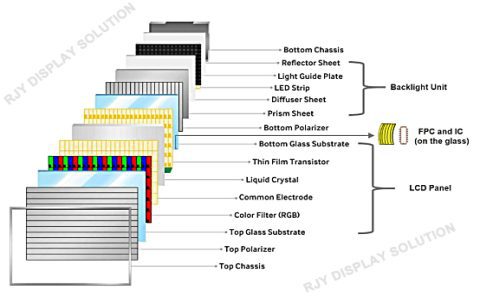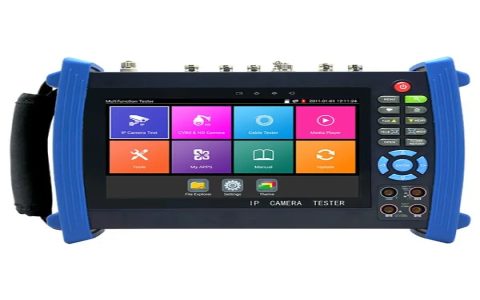cd/m² and nits are fundamentally the same unit of measurement for luminance. They are interchangeable.
Candela per Square Meter (cd/m²)
cd/m², which stands for candela per square meter, is the official SI (International System of Units) derived unit for luminance. Luminance quantifies the luminous intensity per unit area of light travelling in a given direction. In the context of displays, it effectively measures the brightness perceived by the human eye from a screen surface.
Nits (nt)
The term "nit" (symbol: nt) is a non-SI, but commonly used, name for candela per square meter. Therefore, 1 nit = 1 cd/m². The term "nit" is derived from the Latin word "nitere," meaning "to shine." It is frequently encountered in the display industry (e.g., TVs, monitors, smartphones) when specifying screen brightness.

Key Differences and Usage
- Equivalence: The most crucial point is that 1 cd/m² is exactly equal to 1 nit. There is no conversion factor other than 1.
- Formality: cd/m² is the formal, internationally recognized SI unit. "Nit" is a more colloquial, industry-specific term.
- Application: While cd/m² can be used in various scientific and engineering fields related to light, "nits" is almost exclusively used when referring to the brightness of light-emitting surfaces, particularly displays.
In practice, if a display is rated at 300 cd/m², it is also 300 nits bright. Higher values in either unit indicate a brighter display, which can be beneficial for viewing in well-lit environments or for High Dynamic Range (HDR) content.









